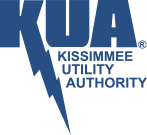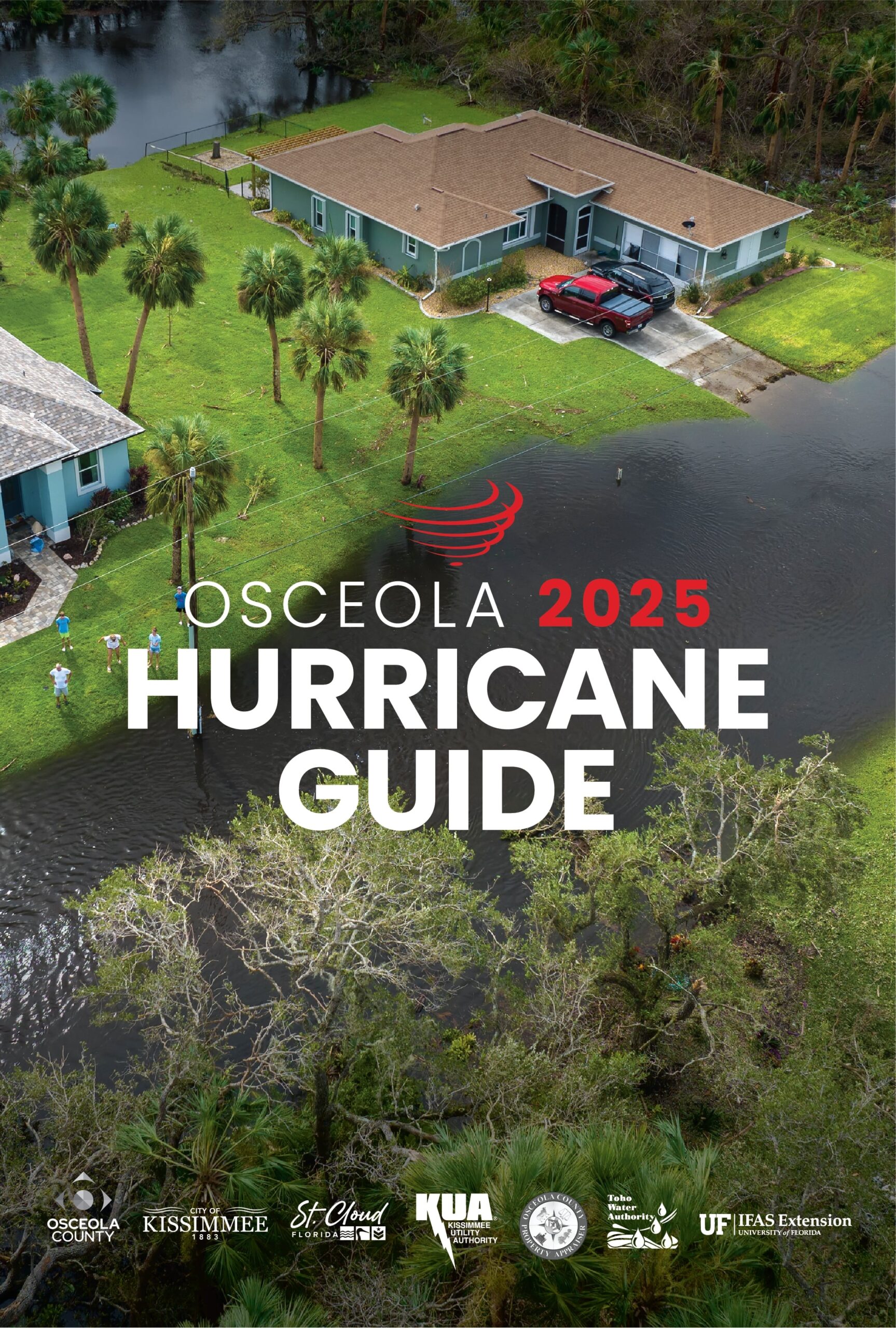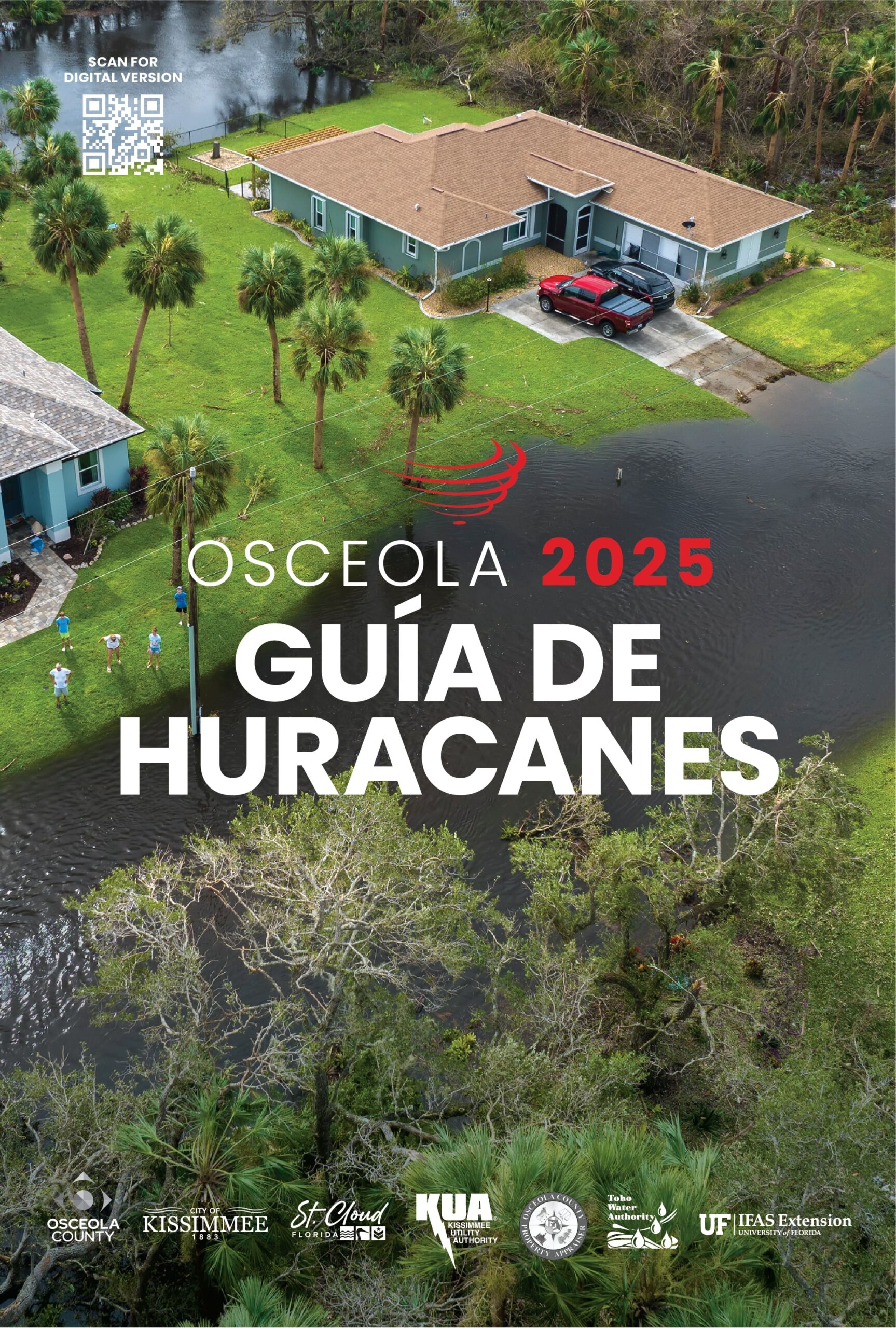After
It’s natural to feel a great sense of relief when the storm moves away from our area. That feeling of relief, however, shouldn’t diminish your sense of caution, because many dangers remain after a hurricane has passed. In fact, most hurricane-related deaths occur after a hurricane, often when people are removing debris.
Downed power lines, broken water, sewer or gas lines, clogged roadways and dangling tree limbs are just a few of the lingering hazards that must be dealt with after a hurricane has moved through the area.
Here are several tips to keep you and your family safe during the cleanup and recovery period following any major storm:
- Avoid driving until authorities clear roadways of debris and downed power lines.
- Don’t drive through standing water. You could be stranded, injured or swept away by flash-flood waters.
- Watch out for downed power lines. Stay away from them, and report them to authorities.
- Be on the lookout for other broken utility lines — water, sewer and gas lines in particular, but also phone, cable and other service hook-ups. Report these kinds of problems to authorities as well.
- Never try to touch or move downed lines or repair broken electric or gas connections.
- Be careful not to accidentally set fires, and quickly report any fires you do notice. Fires spread rapidly during emergency situations when decreased water pressure and transportation problems may hinder firefighters.
- Be extremely careful clearing storm debris, which may camouflage downed power lines and serve as hiding places for wild animals, or be contaminated with raw sewage or other hazards.
- Always wear heavy gloves and boots, and wear chainsaw chaps if operating a chainsaw.
- If remodeling or rebuilding your home is necessary, be sure to check with your local building office for proper permits.
Keep a Safe Water Supply
It may be several days before authorities can restore water and sewer service to your home after a hurricane. While you’re waiting, it is important to keep stored water safely potable and free of contamination. Store a three-day supply for each family member. A normally active person needs to drink at least two quarts of water daily. If you have the slightest doubt about the water’s safety for drinking, purify it by using one of the following methods:
- Boil for 10 minutes and pour between containers to replenish oxygen.
- Add eight drops of liquid chlorine bleach (contains 5.25% sodium hypochlorite/no soap or fragrances) per gallon.
- Purification tablets and iodine are not effective and are no longer recommended by the USDA.
- Water can be safely stored in a cool dark place for up to six months.
- You can safely store water in your freezer by filling plastic bags or other leak-proof containers about 2/3 full, then freezing. When the electricity goes out during a storm, simply let the stored ice melt.
- Even a water bed, bathtub or spare bucket can be used to store extra water — just make sure to fill them up before you lose electric or water service at home. For water beds, fill with fresh water and treat with two ounces of bleach per 120 gallons. Use water stored in bathtubs or open containers for cleaning and washing, but not for cooking or drinking.
Food Storage Tips
- Plan ahead to have enough non-perishable food on hand for several days of use.
- Check all canned or stored dry goods for quality before consuming them. Toxins can form quickly in the form of bacteria or mold in the hot, humid days after a hurricane.
- If you aren’t sure whether the food is safe, do not eat it!
- Keep a supply of non-perishable food in the trunk of your car or some other safe location, just in case your primary food stores become damaged during the storm and cannot be used.
Frequently Asked Questions
- How long will I be without power?
- KUA employees work tirelessly to restore power as quickly as possible after a storm or hurricane – including bringing in crews from other areas to assist, if necessary. To view a real-time map of outages affecting KUA customers, visit kua.com/map
- How does KUA decide who gets power first?
- After we repair our power plants and the lines that carry electricity from them, we restore customers who provide essential services to the community, including hospitals, care facilities and police/fire stations. Then, we repair damage that will return power to the greatest number of customers in the least amount of time. Finally, we restore small neighborhoods and individual customers.
- What do I do if my house floods?
If you, your friends or neighbors remain without power following severe flooding from Hurricane Irma, please know that KUA and Osceola County will work together to get your service restored.
Please follow these steps to ensure power is connected to your property quickly and safely:
-
- Step 1: Contact KUA to determine the reason you are without power. If you cannot receive power because of flood concerns, proceed to Step 2.
- Step 2: Contact a licensed electrician of your choice. They will need to pull a permit through Osceola County to inspect your property’s utility connection, and ensure power can be restored safely to your structure. This permit is generally free of charge following a storm.
- Step 3: With a completed permit and approval from a licensed electrician, Osceola County officials will mark your meter safe to receive power, and will then alert KUA that power can be restored.
- Step 4: KUA will restore power.



